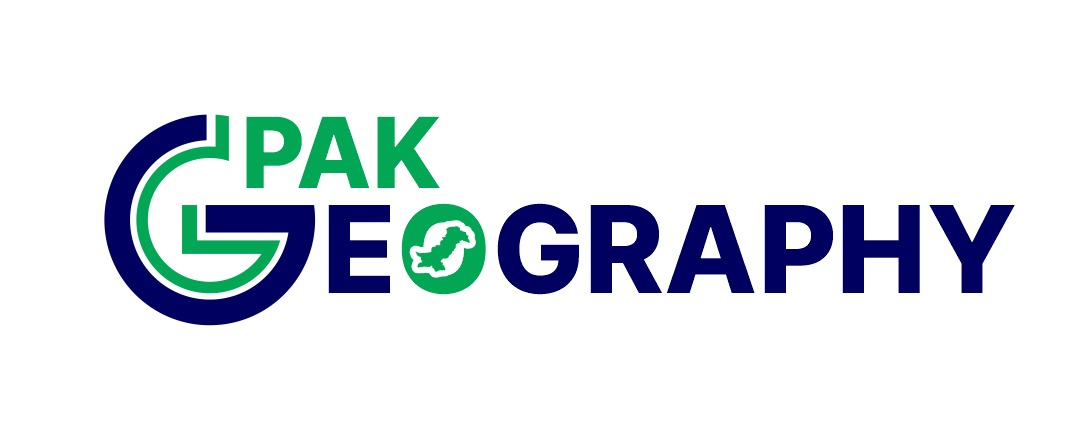Ram Kali is a village located in Tehsil Multan City of Multan District, Punjab Province, Pakistan. According to the 2023 census conducted by the Pakistan Bureau of Statistics, the total population of Ram Kali is 5,285, comprising 2,705 males and 2,580 females. Males constitute 51.2 percent while females make up 48.8 percent of the population. The area of the village is 1,278 acres, which results in a population density of 4.13 persons per acre—reflecting moderate settlement density in a rural context.
Educational Achievement in Ram Kali
Raam Kali has an overall literacy rate of 42.7 percent for the population aged 10 years and above, which is significantly lower than the Multan District average of 61.41 percent by 18.71 percentage points. Male literacy stands at 47.5 percent, falling short of the district’s male average of 67.28 percent by 19.78 percentage points. Female literacy is 37.4 percent, which is 17.87 percentage points lower than the district female average of 55.27 percent. These figures suggest that the village faces substantial educational challenges across both genders.
Educational levels achieved by residents are as follows:
- Primary but below Matric: 481 males and 373 females
- Matric but below Degree: 253 males and 184 females
- Degree and above: 68 males and 42 females
While a fair number of residents have received primary education, the number of those advancing to matriculation and degree-level education remains limited, particularly for females.
Religious and Age Composition
Out of the 5,285 total residents, 5,279 are Muslims, while only 6 individuals belong to other religious communities.
The population aged 10 years and above is 3,838.
Adults aged 18 years and older number 2,852, reflecting a large working-age population.
There are 253 senior citizens aged 60 and above, representing a modest elderly segment.
Ram Kali, despite its rural background and small population, shows early signs of educational progress. However, the low literacy rates—especially when compared with district averages—highlight the need for strengthened local educational infrastructure and targeted awareness programs. Improving access to education, particularly for girls, would be key to enhancing the village’s human development indicators.
Data Summary
| Parameter | Value | District Comparison |
|---|---|---|
| Population | 5,285 | – |
| Males | 2,705 (51.2%) | – |
| Females | 2,580 (48.8%) | – |
| Literacy Rate | 42.7% | 18.71% below district |
| Male Literacy | 47.5% | 19.78% below district |
| Female Literacy | 37.4% | 17.87% below district |
| Adult Population (18+) | 2,852 | – |
| Senior Citizens (60+) | 253 | – |
| Area | 1,278 Acres | – |
